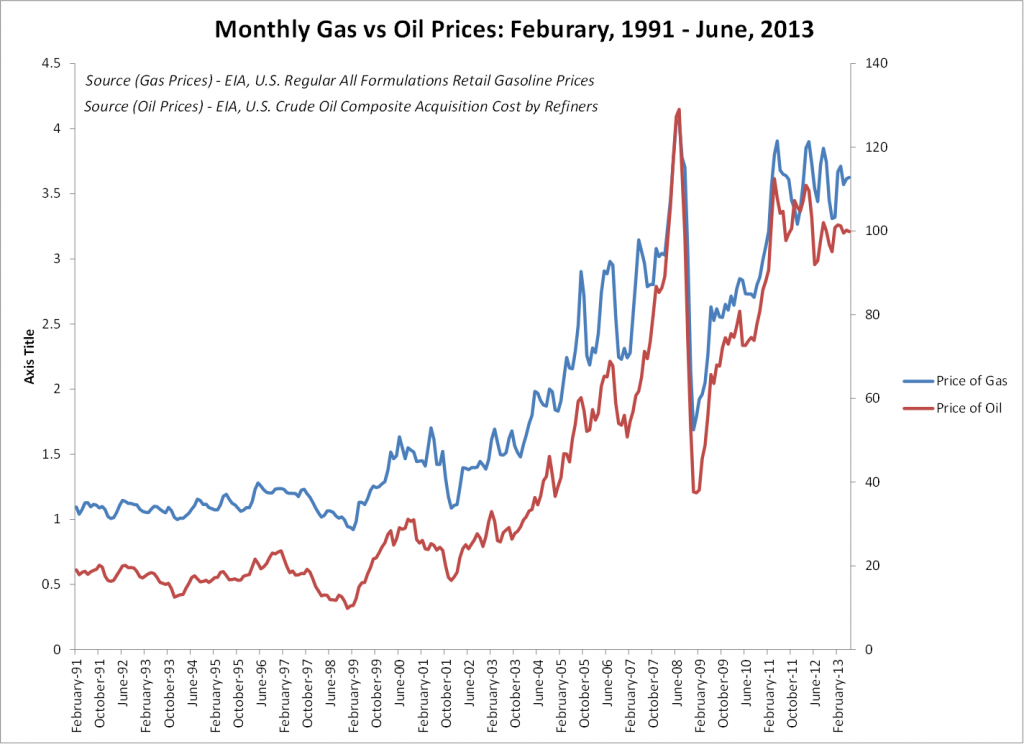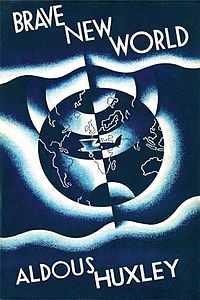Over the last two weeks, I’ve read about two more accelerator programs that have started – one by Coca-Cola and the R/GA Connected Devices Accelerator. It seems like every week there’s a new startup accelerator.
The startup accelerator is a model for getting new companies off the ground by providing a small amount of capital, access to mentors, and working space in exchange for equity. Y Combinator started the movement and has been followed by numerous others including TechStars, LaunchPad LA, Start Engine, Amplify, Betaspring, Excelrate Labs, and 500 Startups to name a few. They’ve become so numerous (and popular) that a website called Seed-DB was created to track them. By their current count, there were 171 programs worldwide that have seeded 2,891 companies with $2.6B in funding and have thus far achieved 155 exits worth $1.3B.
The falling costs of technology such as servers, storage and bandwidth have made it easier than ever to start companies, which explains the proliferation of accelerators. It’s possible to seed a lot of companies with a small amount of money. Providing a group with $50,000 to $100,000 enables them to make a lot of progress in developing a product, in some cases even getting it to market.
While this appears to be a great boon for the startup community, I worry that it could have a negative effect. Just like a proliferation of franchises in a professional sports league has the effect of diluting the product by spreading talent across a larger number of teams, I’m beginning to wonder if the proliferation of startups is diluting the quality of companies and products by spreading quality talent across an ever widening pool of companies.
From my first hand experience, starting a company isn’t glamorous, it’s hard, really hard. It takes a lot of skills, not just a few kids and a couple of computers. It requires engineers to build a product, staff to handle finance and accounting issues, marketing skills to position and promote the business and product, people capable of building a team through hiring and leadership, and a sales group that will generate revenue for the company.
I don’t believe that there are enough qualified people available to build the quantity of companies that are passing through these accelerator programs, especially when many great talents are leading Fortune 500 companies. Given the amount of talent it takes to build a world class company, there’s a reason it’s called the Fortune 500 and not the Fortune 5,000.
So just how hard is it to build a successful company? Y Combinator is billed as the model for the accelerator program. It launched in 2005 and has spawned a total of two companies that are considered to be billion dollar companies – Dropbox and Airbnb. Sure, there may be more companies that could grow to that value, but it shows that going through an accelerator does not guarantee success. It still takes a lot of work.
I run into emerging founders at various networking events and meetups throughout Southern California, and many of them are enamored with the accelerator concept. Given the facts, I try to caution them on the accelerator model. I’m not saying that accelerators should be avoided and are evil, but someone looking to start a company needs to do their homework before diving into a program. I advise them to do the following:
- Research the program – not all are created equal
VC Jeff Bussgang summarized it best when he said, “Just like with a college, your personal and professional brand will always be associated with that particular accelerator, so choose wisely.” I would encourage reading his advice about accelerators. It’s a little too rosy for me, but he does offer some good advice, particularly when he recommends researching an accelerator by reaching out to “graduates, senior entrepreneurs, VCs, start-up lawyers, bankers and accounting firms.” He also suggests checking out a list of top accelerators that is kept by Frank Gruber at Tech Cocktail.
- Understand the accelerator’s motivation
At the end of the day, an accelerator’s motivation is to make a return for its investors. However, many accelerators have secondary motivations that could have ramifications on your startup idea. For example, they may be trying to build a startup network in the city they reside in which would require relocation of you and your existing business. A less ideal situation could be an accelerator where the management team is in it to make a name for themselves, in which case the desire to build their ego could overrun you and your startup. Bottom line, do your homework.
- Be willing to accept advice, but don’t relinquish the passion behind your idea
Being coachable is important, but bear in mind that it’s your company. You have to maintain your passion in the face of adversity, strong opinions and criticism from mentors. Otherwise, you run the risk of having the accelerator mold you and your business into what they want it to be, which could lead to a lot of remorse if your business fails, as illustrated here.
- Think big
If your idea of a startup is a business where you eke out a modest living for you and your family, then stay away from the accelerator. You need to be targeting a billion dollars of enterprise value and be ready to put in the time and effort to make it happen.
- How are failures treated
Based on the stats above, only 5% of the startups accelerated have had an exit thus far. While some companies are still going, a large number have gone out of business. It would be well worth reaching out to these failures to understand their perspective on the accelerator and whether they would do it again. In addition, you should see how the leadership and mentors within their accelerator network treat them now that they are no longer associated with it. I would hope that they are still considered a part of the team, even if their company is no longer part of the portfolio.
- Don’t treat it as a substitute/instead of getting an education
Whatever you do, don’t listen to the advice of people such as Peter Thiel and substitute doing a startup for a college education. College is a unique opportunity that is best experienced while you are young. There will be plenty of opportunities to start a business throughout your lifetime, and the knowledge you learn and the network you build while at college will be a valuable part of launching and succeeding in your career. Bear in mind that the list of people who have started large, successful technology companies is a short list – Bill Gates, Steve Jobs, and Mark Zuckerberg. Clearly, these individuals are the exception, not the rule. Don’t bet your success on being the exception.
Lots of people, lots of very good people who I respect, are promoting accelerators these days. They always seem to push how glamorous and exciting it is without focusing on the painful downsides. And why shouldn’t they? As investors in the accelerator, they have a vested interest in making sure that they can continue to attract the best and brightest to their program so it has the best chance of generating a financial return for them, their partners, and their investors.
It feels as if every trend these days has to be taken to extremes. Whether it’s investing in dot-coms, telecom infrastructure, housing, precious metals, or start-ups, we can’t seem to find the happy medium. I just hope that we’re able to pass through this period of irrational exuberance surrounding startups without tarnishing the experience for future generations of entrepreneurs.









